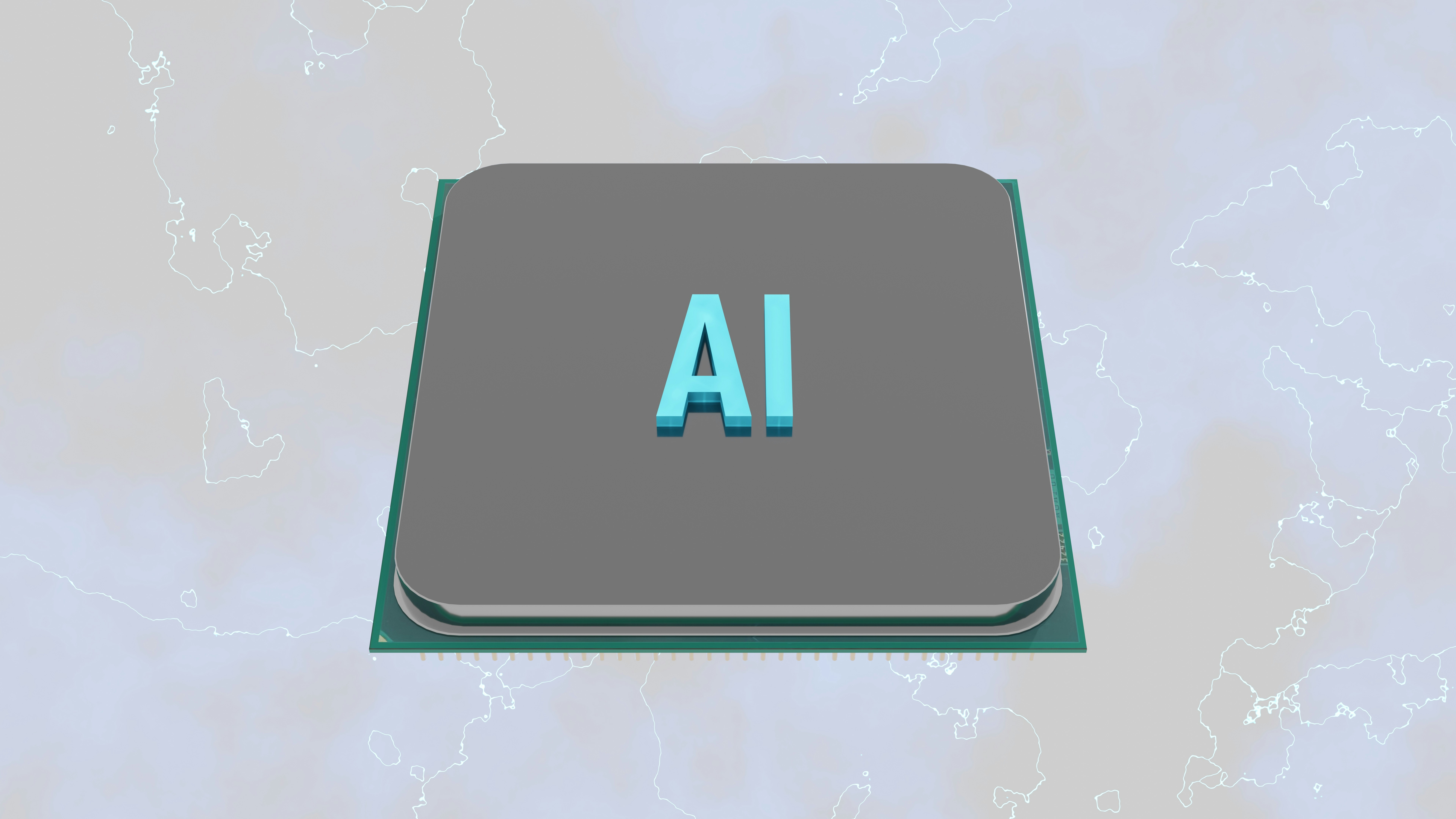
Introduction to Apple’s AI Landscape
Apple has rapidly evolved into a significant player in the field of artificial intelligence (AI), showcasing a multifaceted approach to integrating AI technologies into its ecosystem. The company’s vision emphasizes enhancing user experience through actionable insights, automation, and personalization. By leveraging its massive user base and the wealth of data generated from Apple services, the company aims to create smarter devices that seamlessly integrate with everyday life.
Central to Apple’s AI strategy is the development and implementation of machine learning algorithms that empower its products. From Siri, Apple’s intelligent personal assistant, to features such as image recognition and predictive text, Apple’s AI initiatives aim to make technology more intuitive for users. This focus on consumer-focused AI innovations is part of Apple’s broader mission to simplify tasks and streamline interactions, enabling a more efficient and enjoyable user experience.
In addition to enhancing existing functionalities, Apple’s AI advancements have the potential to create new experiences altogether. For instance, the integration of AI-driven features assists in photography, health monitoring, and even augmented reality, ultimately leading to devices that learn and adapt to individual preferences. This commitment to tailoring technology to user needs not only increases engagement but also fosters a sense of loyalty among Apple customers.
Furthermore, Apple’s position in the technology sector provides it with unique advantages in pursuing AI advancements. With significant resources and a devoted customer base, the company is well-positioned to invest in research and development of cutting-edge AI technologies. As rivals intensify their efforts in AI, Apple continues to prioritize the integration of these technologies into its product ecosystem, ensuring it remains competitive amid rapid industry evolution.
Key AI Models and Technologies by Apple
Apple has consistently been at the forefront of integrating artificial intelligence (AI) into its products and services, which has greatly enhanced user experience and device functionality. One of the flagship AI initiatives is Siri, Apple’s voice-activated assistant. Launched in 2011, Siri has undergone significant advancements and utilizes natural language processing (NLP) to understand and respond to user requests. The assistant operates on an AI framework that continually improves through user interactions, facilitating a more personalized experience.
Another pivotal contribution from Apple is the Core ML framework. Core ML allows developers to incorporate machine learning models into their iOS and macOS applications easily. This framework supports various functionalities, from image recognition to text analysis, enabling developers to create intelligent applications that can learn and improve over time. The integration of Core ML facilitates a seamless user experience, as apps can harness the power of machine learning without extensive knowledge of underlying algorithms.
Additionally, Apple has made remarkable advancements in neural networks and computer vision. By employing deep learning techniques, Apple devices can recognize faces and objects within images with high accuracy, which significantly enhances features like Face ID and photo organization. Through its commitment to privacy, Apple processes much of this AI functionality directly on the device, minimizing reliance on cloud services and safeguarding user data.
The incorporation of AI in enhancing accessibility features also deserves mention. Tools powered by machine learning help create adaptive experiences for users with disabilities, such as VoiceOver and Magnifier. As Apple continues to innovate in AI technologies, the potential for creating more intelligent, responsive devices that cater to diverse user needs remains vast. Overall, Apple’s AI models and technologies not only improve product functionality but also lead the way in shaping the future of intelligent services in the tech industry.
Applications of AI in Apple’s Products and Services
Apple’s integration of artificial intelligence (AI) into its product ecosystem has significantly transformed user experiences, enhancing functionality and efficiency across various devices. One of the most recognizable applications of AI within Apple’s suite is the Face ID technology featured in recent iPhones and iPads. This facial recognition system uses advanced algorithms to analyze and authenticate the user’s face, ensuring secure access while maintaining user privacy. By leveraging AI capabilities, Face ID not only improves security but also adapts to changes in the user’s appearance over time, providing a seamless and user-friendly experience.
Another notable example can be observed in Apple’s predictive text features, which are embedded in its messaging applications. AI-driven algorithms analyze user behavior and messaging patterns to suggest contextually relevant words and phrases, streamlining communication. This functionality is particularly beneficial, as it not only saves time but also enhances the accuracy of the messages being conveyed. The system learns from individual user inputs, refining its suggestions to better meet the unique communication styles of different users.
Moreover, Apple harnesses the power of AI in its services like Apple Music and Apple News. In the case of Apple Music, machine learning algorithms analyze listening habits to curate personalized playlists and recommendations, thereby enhancing user engagement and satisfaction. Similarly, Apple News utilizes AI-driven content aggregation to present articles that align with users’ interests, optimizing the information consumption process. These implementations demonstrate Apple’s commitment to utilizing AI to create a more personalized experience while maintaining a strong emphasis on security and privacy. By adopting AI technologies, Apple not only innovates its products and services but also upholds its classic ethos of user-centered design and protective measures.
Challenges and Future Prospects for Apple’s AI
As Apple continues to advance its artificial intelligence (AI) capabilities, it faces several challenges that could impact its progress. One significant hurdle is the intense competition from other technology giants, such as Google, Microsoft, and Amazon. These companies have made considerable investments in AI research and development, establishing strong footholds in various AI applications. To maintain its competitive edge, Apple must continuously innovate and outpace its rivals in both technology and user experience.
Another pressing concern is the issue of data privacy. Apple has built its brand around user privacy, and as it integrates AI more deeply into its products and services, balancing innovation with privacy considerations will become increasingly complex. Users are becoming more aware of how their data is used, leading to heightened scrutiny of AI systems. Apple must ensure its AI tools respect user privacy while still delivering valuable and personalized experiences, which may require developing new methods of on-device processing and data minimization.
Looking towards the future, there are promising avenues for Apple to explore in AI development. Advanced voice recognition could take center stage, enhancing user interaction with devices across the ecosystem. Moreover, deeper integration of AI into Apple’s software suite, including iOS and macOS, could streamline user experiences and optimize workflows significantly. By leveraging machine learning and AI technologies, Apple can create more intuitive interfaces and smarter applications that anticipate user needs.
However, as Apple navigates these opportunities, it is crucial to consider the ethical implications of AI development. The organization has a commitment to responsible AI usage, and it must continue to prioritize transparency, fairness, and accountability in its AI initiatives. Addressing these ethical concerns will be vital for maintaining user trust and ensuring that AI evolves as a force for good within society.

